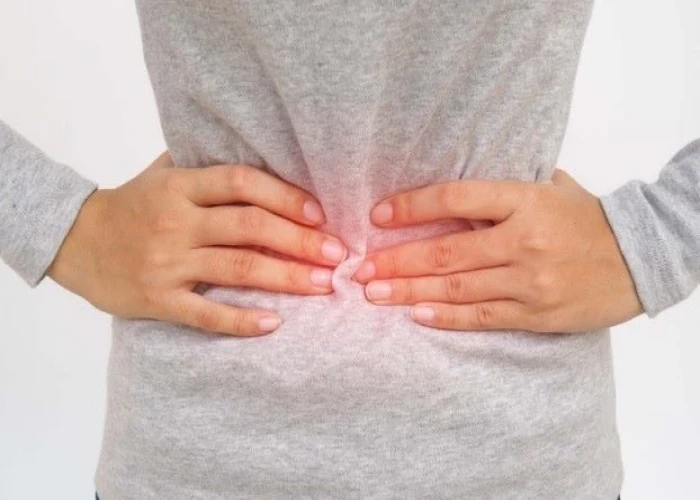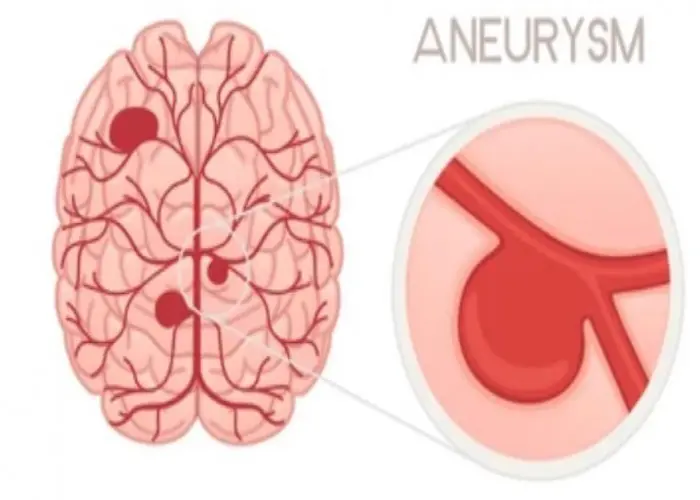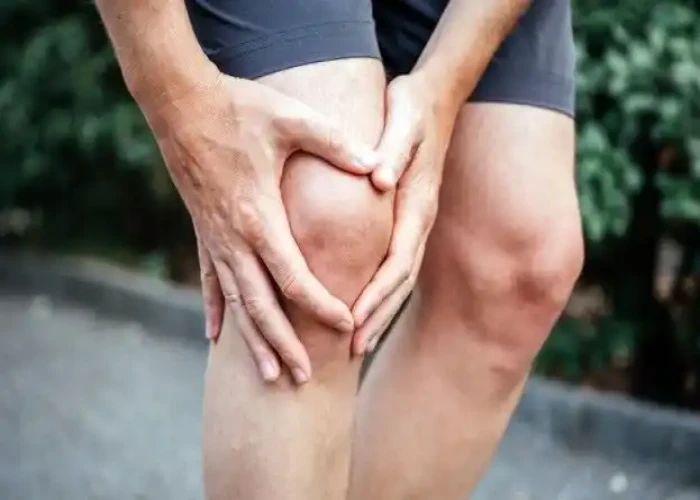 Welcome
Welcome
“May all be happy, may all be healed, may all be at peace and may no one ever suffer."
Patellofemoral pain syndrome

Patellofemoral pain syndrome (PFPS), also known as runner's knee or jumper's knee, is a common condition that causes pain in the front of the knee, particularly around the patella (kneecap). It is typically caused by overuse or improper alignment of the patella as it moves along the femur (thigh bone).
PFPS is most commonly seen in athletes, particularly runners and basketball players, as well as people who perform activities that require repeated bending of the knee. The exact cause of PFPS is not known, but it is thought to be due to a combination of factors, including muscle imbalances, weak quadriceps, tight hamstrings, or an abnormality in the alignment of the knee joint.
Symptoms of PFPS include pain or aching in the front of the knee, particularly when walking, running, jumping, or climbing stairs. Other symptoms may include popping or grinding sensations in the knee, swelling, or a feeling of instability.
Treatment for PFPS typically involves rest, ice, compression, and elevation of the affected knee to reduce pain and inflammation. Physical therapy exercises can help to strengthen the muscles around the knee, improve flexibility, and correct alignment issues. Nonsteroidal anti-inflammatory drugs (NSAIDs) may be recommended to manage pain and inflammation.
Prevention measures for PFPS include maintaining proper alignment of the knee joint during physical activity, avoiding activities that exacerbate symptoms, wearing appropriate footwear, and using proper form and technique during exercise. It is important to rest and seek medical attention if symptoms of PFPS persist or worsen.
Research Papers
Disease Signs and Symptoms
- Knee pain
- Swollen knee
Disease Causes
Patellofemoral pain syndrome
Doctors aren't certain what causes patellofemoral pain syndrome, but it's been associated with:
- Overuse. Running or jumping sports puts repetitive stress on your knee joint, which can cause irritation under the kneecap.
- Muscle imbalances or weaknesses. Patellofemoral pain can occur when the muscles around your hip and knee don't keep your kneecap properly aligned. Inward movement of the knee during a squat has been found to be associated with patellofemoral pain.
- Injury. Trauma to the kneecap, such as a dislocation or fracture, has been linked to patellofemoral pain syndrome.
- Surgery. Knee surgery, particularly repair to the anterior cruciate ligament using your own patellar tendon as a graft, increases the risk of patellofemoral pain.
Disease Prevents
Patellofemoral pain syndrome
Sometimes knee pain just happens. But certain steps may help prevent the pain.
- Maintain strength. Strong quadriceps and hip abductor muscles help keep the knee balanced during activity, but avoid deep squatting during your weight training.
- Think alignment and technique. Ask your doctor or physical therapist about flexibility and strength exercises to optimize your technique for jumping, running and pivoting — and to help the patella track properly in its groove. Especially important is exercise for your outer hip muscles to prevent your knee from caving inward when you squat, land from a jump or step down from a step.
- Lose excess pounds. If you're overweight, losing weight relieves stress on your knees.
- Warm up. Before running or other exercise, warm up with five minutes or so of light activity.
- Stretch. Promote flexibility with gentle stretching exercises.
- Increase intensity gradually. Avoid sudden changes in the intensity of your workouts.
- Practice shoe smarts. Make sure your shoes fit well and provide good shock absorption. If you have flat feet, consider shoe inserts.
Disease Treatments
Treatment of patellofemoral pain often begins with simple measures. Rest your knee as much as possible. Avoid or modify activities that increase the pain, such as climbing stairs, kneeling or squatting.
Medications
If needed, take over-the-counter pain relievers, such as acetaminophen (Tylenol, others), ibuprofen (Advil, Motrin IB, others) or naproxen sodium (Aleve).
Therapy
A physical therapist might suggest:
- Rehabilitation exercises. Specific exercises can strengthen the muscles that support your knees and control limb alignment, such as your quadriceps, hamstrings and the muscles around your hips, especially hip abductors. Correcting inward movement of the knee during squatting is a primary goal.
- Supportive braces. Knee braces or arch supports may help improve pain.
- Taping. Your physical therapist may show you how to tape your knee to reduce pain and enhance your ability to exercise.
- Ice. Icing your knee after exercise might be helpful.
- Knee-friendly sports. During your recovery, you may want to restrict yourself to low-impact activities that are easier on the knees — such as bicycling and swimming or water running.
Surgical and other procedures
If nonsurgical treatments aren't effective, your doctor might suggest:
- Arthroscopy. During this procedure, the doctor inserts a pencil-thin device equipped with a camera lens and light (arthroscope) into your knee through a tiny incision. Surgical instruments are passed through the arthroscope to remove fragments of damaged cartilage.
- Realignment. In more-severe cases, a surgeon may need to operate on your knee to realign the angle of the kneecap or relieve pressure on the cartilage.
Disease Diagnoses
Disease Allopathic Generics
Disease Ayurvedic Generics
Disease Homeopathic Generics
Disease yoga
Patellofemoral pain syndrome and Learn More about Diseases

Low sex drive in women

Measles

Rectal prolapse

Brain aneurysm

Progressive supranuclear palsy

Torn meniscus

Neuroblastoma

Depression (major depressive disorder)
patellofemoral pain syndrome, প্যাটেলোফেমোরাল ব্যথা সিন্ড্রোম
To be happy, beautiful, healthy, wealthy, hale and long-lived stay with DM3S.